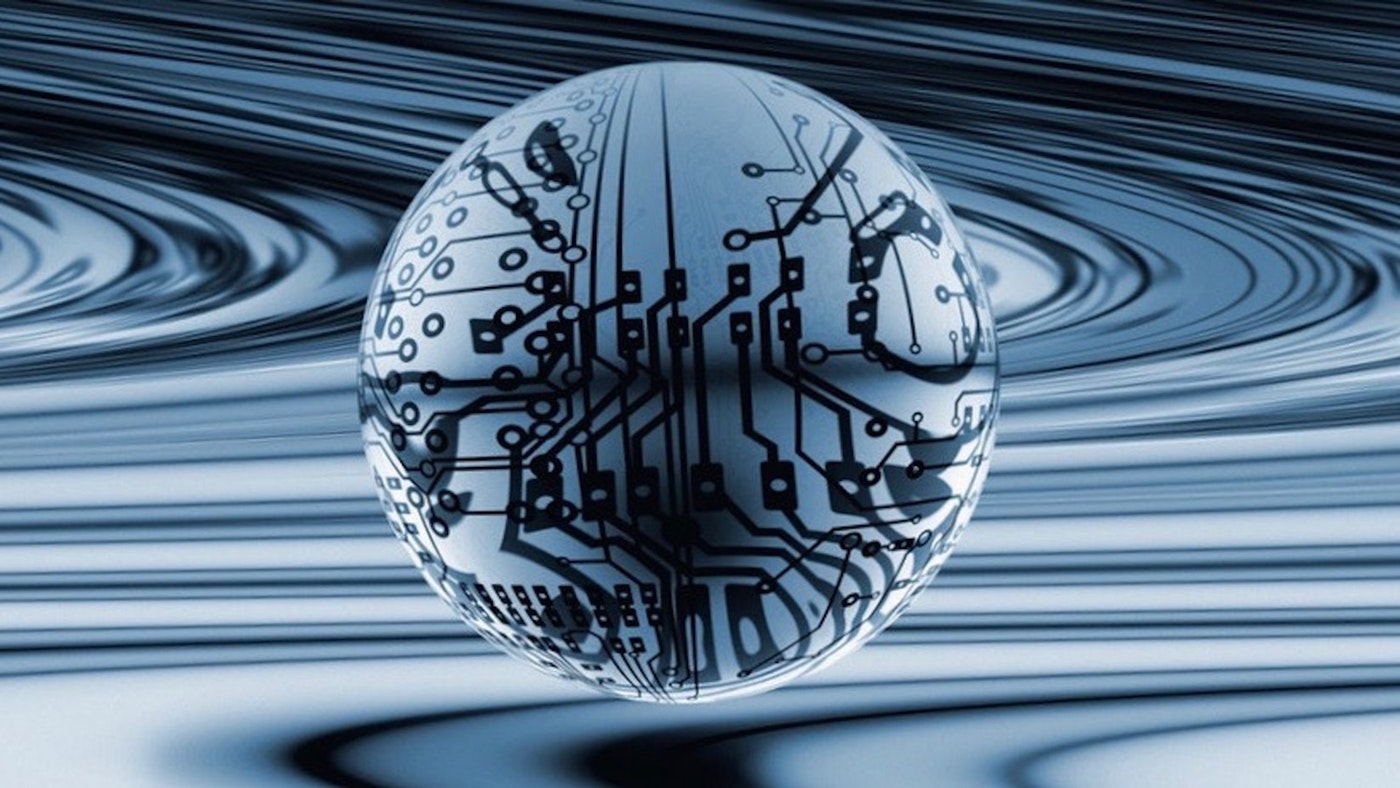Source:-cosmosmagazine.com
Deep learning shows its worth in the word of quantum computing. Gabriella Bernardi reports.
talian researchers have shown that it is possible to teleport a quantum bit (or qubit) in what might be called a real-world situation.
And they did it by letting artificial intelligence do much of the thinking.
The phenomenon of qubit transfer is not new, but this work, which was led by Enrico Prati of the Institute of Photonics and Nanotechnologies in Milan, is the first to do it in a situation where the system deviates from ideal conditions.
Moreover, it is the first time that a class of machine-learning algorithms known as deep reinforcement learning has been applied to a quantum computing problem.
The findings are published in a paper in the journal Communications Physics.
One of the basic problems in quantum computing is finding a fast and reliable method to move the qubit – the basic piece of quantum information – in the machine. This piece of information is coded by a single electron that has to be moved between two positions without passing through any of the space in between.
In the so-called “adiabatic”, or thermodynamic, quantum computing approach, this can be achieved by applying a specific sequence of laser pulses to a chain of an odd number of quantum dots – identical sites in which the electron can be placed.
It is a purely quantum process and a solution to the problem was invented by Nikolay Vitanov of the Helsinki Institute of Physics in 1999. Given its nature, rather distant from the intuition of common sense, this solution is called a “counterintuitive” sequence.
However, the method applies only in ideal conditions, when the electron state suffers no disturbances or perturbations.
Thus, Prati and colleagues Riccardo Porotti and Dario Tamaschelli of the University of Milan and Marcello Restelli of the Milan Polytechnic, took a different approach.
“We decided to test the deep learning’s artificial intelligence, which has already been much talked about for having defeated the world champion at the game Go, and for more serious applications such as the recognition of breast cancer, applying it to the field of quantum computers,” Prati says.
Deep learning techniques are based on artificial neural networks arranged in different layers, each of which calculates the values for the next one so that the information is processed more and more completely.
Usually, a set of known answers to the problem is used to “train” the network, but when these are not known, another technique called “reinforcement learning” can be used.
In this approach two neural networks are used: an “actor” has the task of finding new solutions, and a “critic” must assess the quality of these solution. Provided a reliable way to judge the respective results can be given by the researchers, these two networks can examine the problem independently.
The researchers, then, set up this artificial intelligence method, assigning it the task of discovering alone how to control the qubit.
“So, we let artificial intelligence find its own solution, without giving it preconceptions or examples,” Prati says. “It found another solution that is faster than the original one, and furthermore it adapts when there are disturbances.”
In other words, he adds, artificial intelligence “has understood the phenomenon and generalised the result better than us”.
“It is as if artificial intelligence was able to discover by itself how to teleport qubits regardless of the disturbance in place, even in cases where we do not already have any solution,” he explains.
“With this work we have shown that the design and control of quantum computers can benefit from the using of artificial intelligence.”
